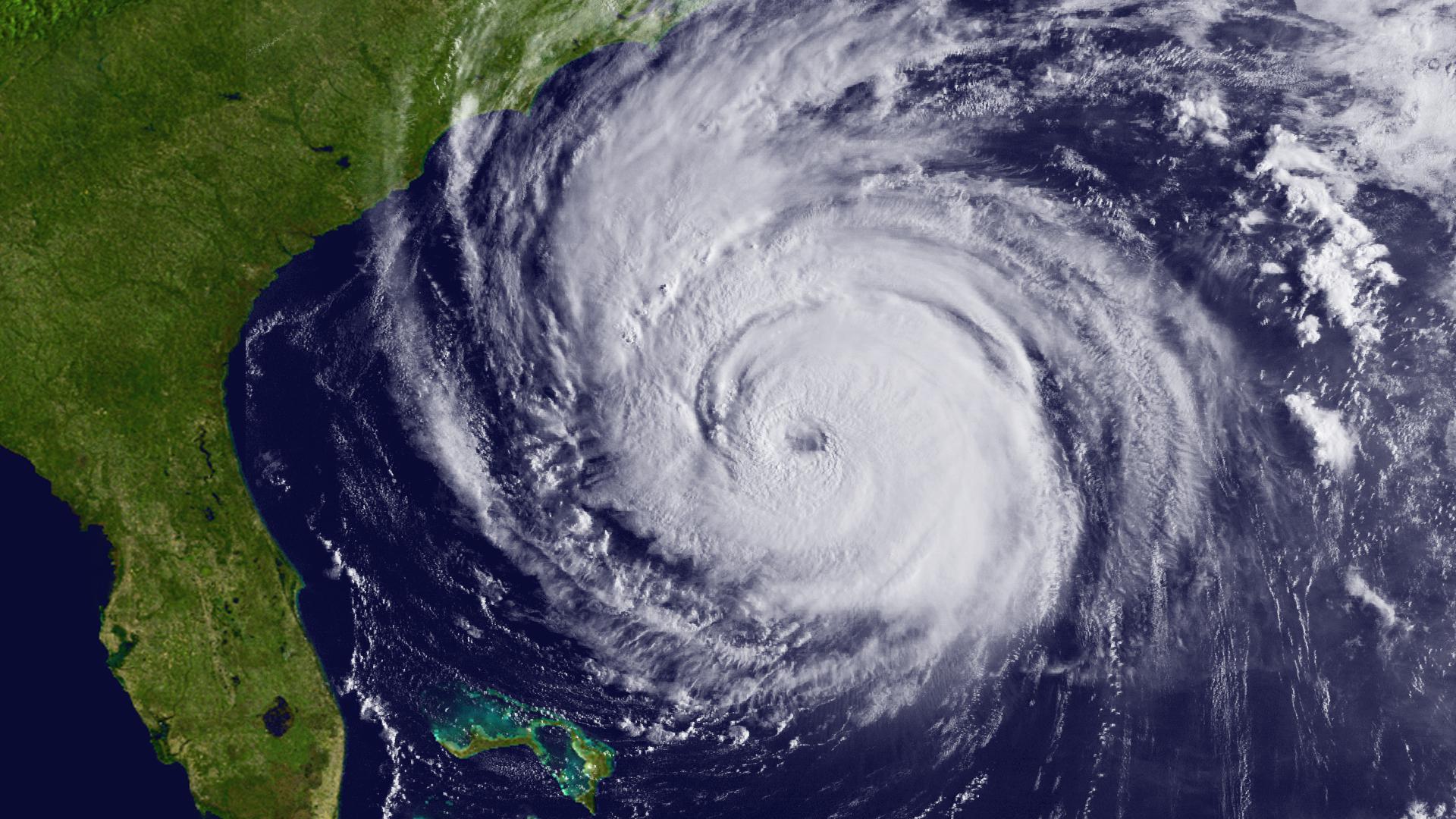Global warming activists like to cite extreme weather as one of the main reasons that we must take firm action on global warming. No hurricane or heat wave passes without a politician or activist claiming it as evidence of the need for a global climate deal, like the one that just got postponed until the end of the decade in Durban, South Africa.
Such claims merit close scrutiny. A 2007 report by the U.N. Intergovernmental Panel on Climate Change received considerable media attention. But it was discovered two years later that some of the IPCC report’s key claims—for example, that global warming would cause the immense Himalayan glaciers to disappear by 2035 or halve African crop yields by 2020—were based on statements made in appeals by environmentalist organizations and were backed by little or no evidence.
Despite this error, the IPCC has long been a fairly reliable source of sensible and responsible estimates in an otherwise histrionic debate. Unfortunately, sensible estimates are not breaking news. Whereas the IPCC predicts that sea levels will rise by a relatively manageable 7 to 23 inches by the end of the century, news organizations and activists regularly claim that we should expect sea levels to rise by meters.
The media similarly misrepresented the findings of the IPCC’s 2010 report on climate extremes. Sweden’s most prestigious daily newspaper, Svenske Dagbladet, filled almost an entire Sunday front page with an eviscerated body showing exposed arteries, adorned with the warning: “Ever warmer climate threatens more death.” Across two full pages inside, the paper presented a graph of seasonal deaths over the past decade and showed how summer heat waves have killed dozens of Swedes. Yet, even a cursory reading of the graph showed clearly that many more people die from cold than from heat.
The IPCC report did indeed state that global warming would mean more extreme warm temperatures, but it also pointed to fewer extreme cold temperatures. Because more people almost everywhere on the planet die each year from cold temperatures than from warm temperatures, the overall impact of global warming will be fewer deaths from temperature extremes. Indeed, according to one estimate, by midcentury, about 400,000 more people will die from heat than would have perished at current temperatures, but 1.8 million fewer people will die from cold. Unfortunately, nondeaths are a nonstory.
In November, the Christian Science Monitor focused on the IPCC’s findings on hurricanes, the strength and frequency of which have been linked to global warming ever since former Al Gore’s film An Inconvenient Truth made media hay out of Hurricane Katrina. The Monitor’s headline blared: “Climate change warning: Brace for hotter heat waves, stronger storms.” Yet, while the IPCC suggests that hurricanes’ maximum wind speeds will most likely increase, it also predicts that the total number of tropical hurricanes may fall, and that extra-tropical hurricanes will most likely decline in frequency, too.
The IPCC clearly states that hurricane-damage costs have increased steadily because more people, with more expensive property, now live where hurricanes strike. Population, exposure, and vulnerability, not greenhouse gasses, are the main factors underlying future damage as well.
Indeed, the IPCC observes that increased hurricane costs “have not been attributed to climate change.” Thus, if we want to avoid future hurricane damage, we need to invest in adaptation. That means better risk management, including stricter building codes and improved wetlands to slow storm surges.
Considerable evidence does suggest that global warming causes increases in rain, especially heavy rain. That has led many observers to blame global warming for devastating floods in Pakistan, Australia, and Thailand in recent years. But the IPCC tells a different story: The evidence cannot even reliably indicate whether increased precipitation has, in fact, affected the floods’ magnitude and frequency (in U.N.-speak, “low confidence at the global scale regarding even the sign of these changes”).
That may sound counterintuitive. But much more important changes have taken place: In particular, construction of dams and large settlements on floodplains has left rivers nowhere to flood naturally. If we want to help potential flood victims, the evidence clearly shows that we should restore floodplains.
Increased precipitation also has positive consequences—most significantly, more fresh water for a thirsty world. Today, about 2 billion people are water-stressed, meaning that they make do on less than 1,700 cubic meters (60,035 cubic feet) per year. Population growth alone suggests that this number could increase to about 3 billion toward the end of the century. But more precipitation from global warming will most likely bring the actual number down to about 1.7 billion.
Scary climate stories rely on a simple narrative: More CO2 means more environmental damage and death—and the only way to address it is to cut carbon emissions. While this makes for a catchy political message, it has the distinct disadvantage of being wrong.
Global warming will cause certain phenomena, such as heat waves and hurricane wind speeds, to become more extreme, while others, including cold waves and hurricane frequency, will become less so. And, in some cases, such as increasing precipitation, global warming will have both positive and negative effects.
Of course, none of this means that we should not address climate change by focusing on innovation to make for less costly green energy. The latest IPCC report is important precisely because it illustrates the real environmental problems posed by global warming without exaggerating them for the sake of a good headline. It provides reliable climate information, and emphasizes that adaptation is essential to improving future generations’ quality of life.
It also shows why the latest failure to conclude a comprehensive climate deal is not all bad news. But, when it comes to climate change, the media evidently do not like any other kind.
This article comes from Project Syndicate.
